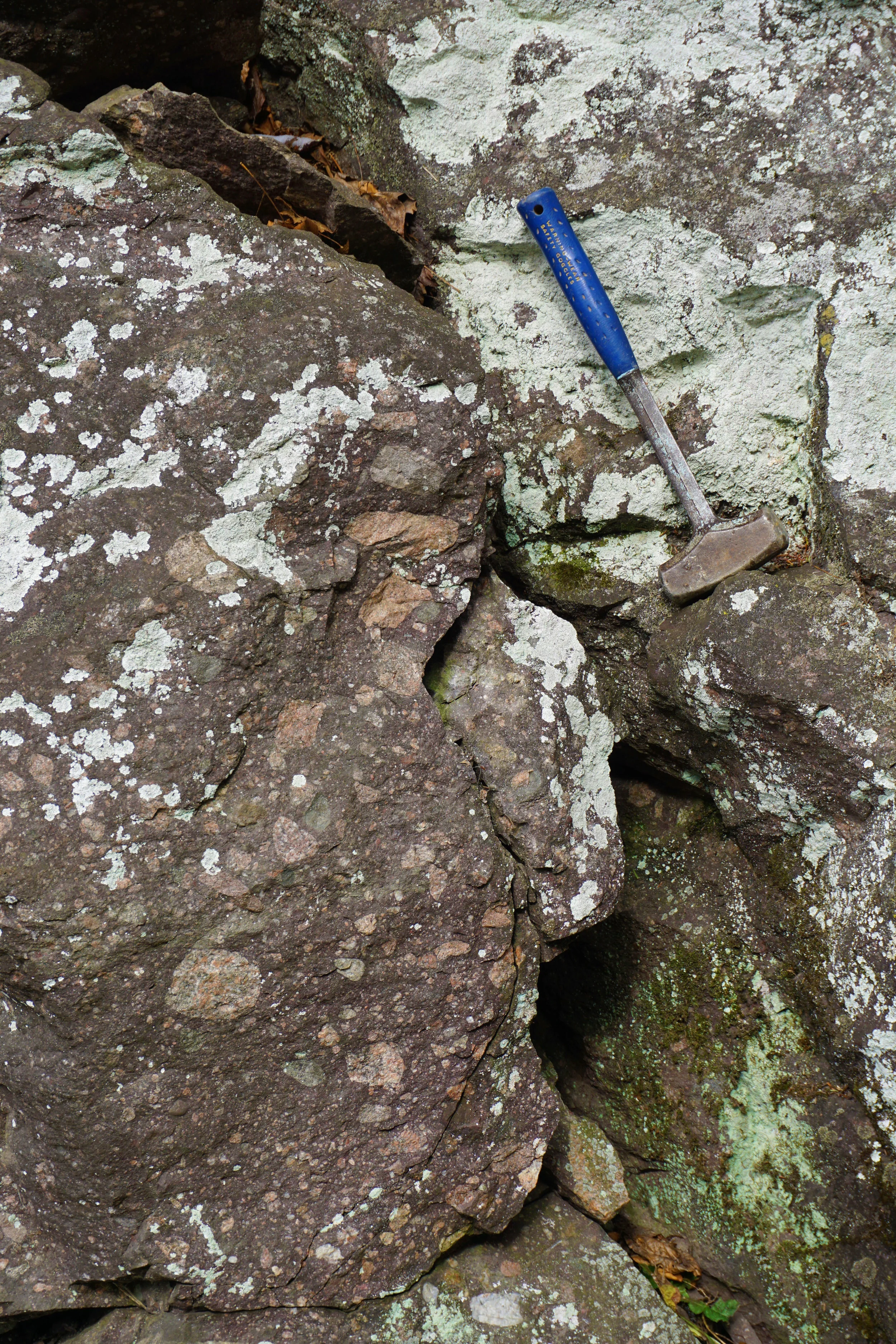

The Blue Ridge: A Geological Autobiography
If the Blue Ridge could write its own long and complex history, surely it would chisel the words in stone. Fortunately, it did just that. And fortunately, we have a translator in our midst. During our January 2019 Geology Expedition, USGS Geologist Arthur Merschat unraveled the story of the geologic events that left Virginia’s oldest basement rocks exposed for us to access and admire.

Students Study Whitetail Deer impact on forest understory
Through the cooperation of Matthews State Forest and forester Zack Olinger, and along with Alan Webb (Ag teacher), and Rachelle Rasco (stem lab manager) from Carroll County High School, BRDC initiated a research project at one of the two deer exclosure sites on MSF. This project is expected to encompass not only this fall semester, but also a spring 2016 return visit or two for further comparisons.